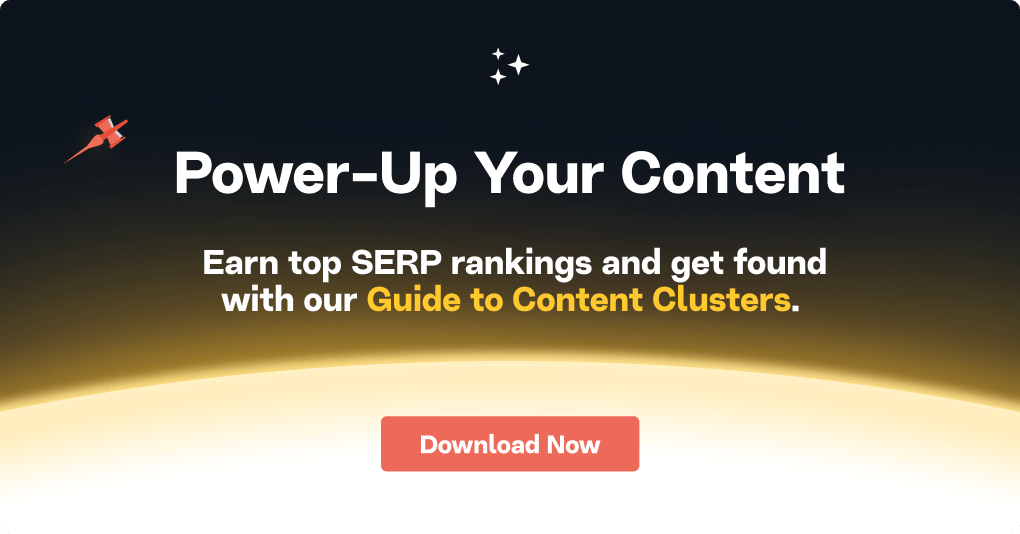Best Practices for Conducting a Content Audit
MarketMuse Co-founder and Chief Product Officer Jeff Coyle walks through a simple process for conducting a content inventory and content audit with Rob Mills, Head of Content at GatherContent.
Watch this video to learn how to identify the right content to create and the most critical content to update. Discover how to get the most out of your content and set yourself up to show immediate ROI. Here are the webinar notes.
What is a Content Audit?
A content audit is a process of evaluating the quality and effectiveness of digital content, measuring the quality of content compared to the competition, and identifying gaps in the current content inventory.
Getting Started
List all existing content and group entries into topics and subtopics. Look for pages that address a central theme and consider using them as potential pillar pages. Identify pages with an above-average level of performance and flag those that underperform for further content analysis.

Topic Cluster Analysis
A subject typically has many related topics that you need to address to cover the matter thoroughly. For example, there are many topics surrounding “types of heart failure,” including:
- congestive heart failure
- ejection fraction
- myocardial infarction
- pulmonary hypertension
- atrial fibrillation
- and many more
Adequately covering all the semantically relevant topics is necessary to produce expert-level content. If you’ve created multiple pages to address these topics, make sure internal links connect them. Also, beware of intent mismatches where existing material does not serve the needs of searchers for that specific topic.
Refer to What are Topic Clusters? for more information.
Identify Gaps
When looking for gaps, examine how pages are grouped and the topics for which you are aiming. They should match what you care about as a business. Decide where you want to improve content performance. Ideally, good performing pages align well with business objectives. At the same time, make sure that content aligns closely with the buyer’s journey.
Layer in Competitive Analysis
A proper competitive analysis starts with choosing a competitor with on- and off-page authority that’s similar to your site. Use a site crawler like Screaming Frog to pull their pages.
Then, break down the page type, the audience, and the buyer stage. Look for between 10 and 20 pages that rank well or get lots of organic traffic. Use ahrefs or SEMRush to determine how frequently the competition publishes content.
Determine how frequently they update content and whether the old material is bringing in more traffic. Examine whether their content matches the search intent. Look for topics they have missed, aren’t covering, and figure out what could be done to improve their content. Verify whether you have content that could be updated to fill those gaps.
Content Cluster Structure
Jeff looks at a couple of content clusters, for example, a “guide to car maintenance” will contain several article pages including:
- How to change your oil
- Replacing your air filter
- Replacing your belt
- Tire rotation
Plus some landing pages:
- Oil change near you
- Buy an air filter for your automobile
- Maintenance, repair, and service
In short, the content cluster contains everything you need to know about the subject. When connecting pages into a group, map the link structure to the customer journey. Avoid situations where pages are placed deep within the organization; pages that lie more than four clicks.
Map Content to User Intent
Don’t limit yourself by looking at only the search engine results pages (SERPs). Relying on Google’s favored intent (what you see in the SERP) limits your insight and leads to false conclusions. You need to cover all intents within the buyer journey to perform well with your particular content item.
Jeff uses the example of “what is CRM software.” If the SERP shows that definitions are the primary type of content that appears on the first page, you may assume that all you need to rank is a better and longer definition. That would be a mistake.
However, what you see in the SERP can provide some hints as to user intent. Be on the lookout for packs or special features such as:
- People Also Ask (PAA)
- Answers (list, paragraph, table) aka feature snippets
- App download
- Knowledge graph
- News
- Places
- Shopping
- Videos
Common Mistakes
Four common content mistakes that Jeff typically sees organizations make:
- Solely focusing on pillar content and not creating supporting content.
- Intent mismatch. A page performs well for a keyword, but it doesn’t satisfy a user who would search for it and click on your page that requires action.
- Creating content based on what you think would be great versus what users seek.
- Removing content without understanding its value.
What you should do now
When you’re ready… here are 3 ways we can help you publish better content, faster:
- Book time with MarketMuse Schedule a live demo with one of our strategists to see how MarketMuse can help your team reach their content goals.
- If you’d like to learn how to create better content faster, visit our blog. It’s full of resources to help scale content.
- If you know another marketer who’d enjoy reading this page, share it with them via email, LinkedIn, Twitter, or Facebook.
Stephen leads the content strategy blog for MarketMuse, an AI-powered Content Intelligence and Strategy Platform. You can connect with him on social or his personal blog.